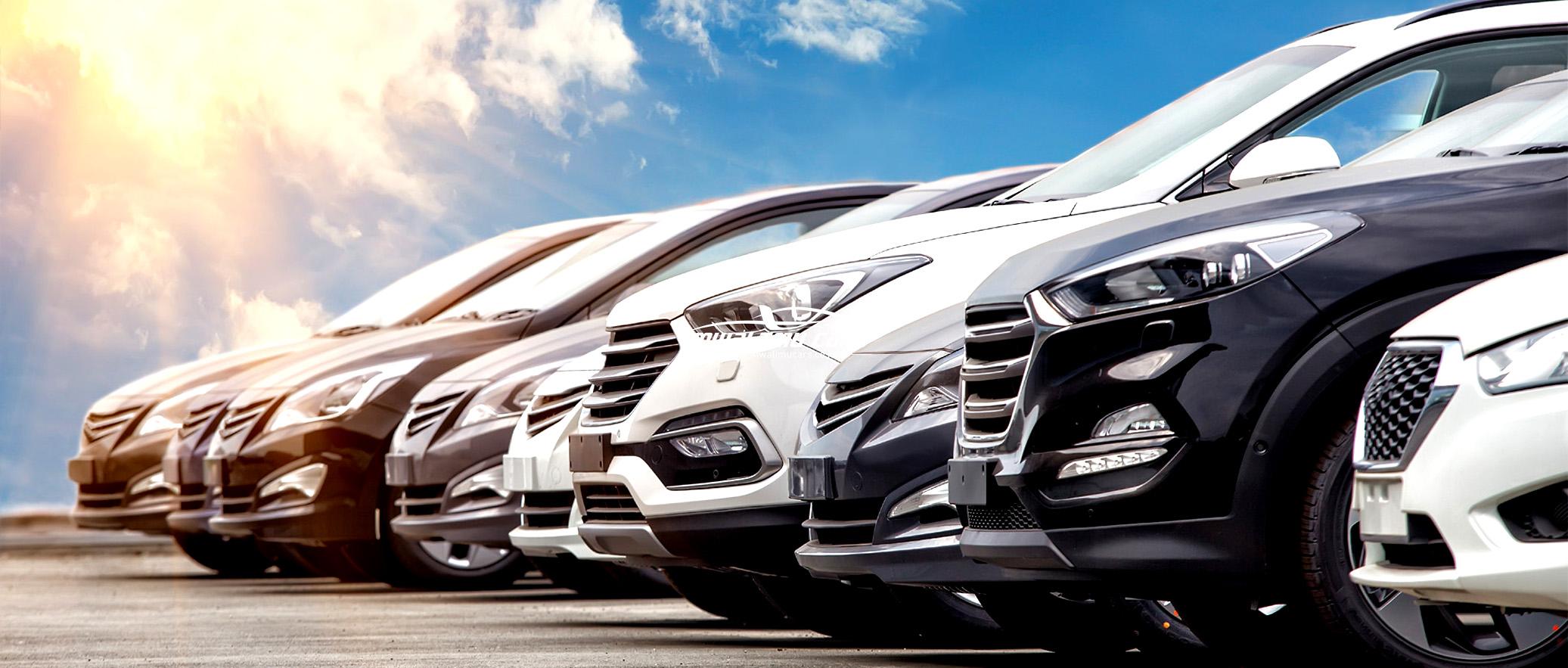When buying a used car, whether from a dealer, privately or at auction, it’s important to conduct a thorough mechanical inspection and do checks to ascertain whether the car has money owing on it, or has been involved in a major accident.
Buying a used car from a dealer
Buying a used car from a dealership gives you guaranteed title and a statutory warranty on cars under 10 years old or 160,000km (and below the luxury car tax threshold.) This warranty is valid for three months or 5,000km from date of purchase and covers items relating to safety, reliability and roadworthiness.
A dealer will usually be able to arrange financing for your purchase, although it’s worth shopping around. A used car loan from a Mwalimu Cars Banking Partner will offer competitive rates and Member benefits.
Dealers
| Advantages | Disadvantages |
| Provide a range of used vehicles to choose from | Generally, you pay more at a dealer, though you will usually get a statutory used car warranty |
| Easier to dispose of your vehicle | A trade-in will probably not achieve the best price for your old car |
| Licence dealers guarantee title of the vehicle | |
| Warranty in on cars under 10 years or 160,000km and below the Luxury Tax Threshold |
Buying a used car privately
Choosing to buy privately usually means you will get a better deal compared with shopping at a dealership and you may also get an idea of the car’s history directly from the owner. Even if you get the car’s log books, make sure you check the Car’s History report.
| Advantages | Disadvantages |
| Might be cheaper | No warranty |
| You may get to meet the previous owner and can obtain the vehicle’s history | Any faults found are not covered by the seller* |
*As the title of the vehicle is not guaranteed, any faults found are not covered by the seller. You’ll probably get a cheaper car, but you’re not guaranteed a clear title, and you’ve got no legal backup. A worthwhile check is to cross reference the registration certificate with the owner’s driver’s license.
Used car inspection checklist
- Body and paint – Inspect the body for dents, ripples or creases, loose, misaligned or mismatched panels, paint overspray, evidence of rust or crash repairs, and hail damage. Check that the doors, boot or tailgate close easily and latch firmly.
- Interior – Check the seats, carpet and interior plastics for stains, damage, cracks or wear and tear that’s not consistent with the age and kilometers of the car.
- Vehicle identification – Check that the car’s VIN – vehicle identification number – matches the VIN on the registration papers. You’ll find the VIN on a small silver build plate that’s usually in one of the rear corners of the engine compartment, or at the base of the windscreen. While you’re there, also confirm the car’s build and compliance dates.
- Engine oil – A stamped service book will tell you if a car has been serviced at regular intervals. Checking that the dipstick shows a full supply of clean, honey coloured (not black) oil will provide extra confirmation.
- Engine – Ensure the engine runs smoothly and quietly at idle and while driving.
- Radiator coolant – Only remove the radiator coolant cap when the engine is cold; the coolant should be clean and brightly coloured, typically green or red.
- Tires – Ensure all the tires (including the spare) are in good visual condition without signs of damage or uneven wear, and with tread depth above the minimum wear indicators. Ideally, the tires should be of the same brand and pattern.
- Fluid leaks – Look around the engine compartment and underneath the car for signs of oil, coolant or other leaks that might indicate poor maintenance and potential repairs.
- Exhaust – Black, blue or white smoke from the exhaust indicates an engine problem. Excessive exhaust noise or a knocking sound from under the car can indicate an exhaust system problem.
- Seat-belts – Ensure the seat belts extend and retract smoothly, that the locking mechanism works, and that the belts are in good condition.
- Lights – Test the operation of head- and taillights, indicators, park lights, reverse and number plate lights.
- Warning lights – With the engine running, make sure there are no warning lights illuminated on the instrument panel.
- Equipment – Check that all the accessories work, including the air-conditioning and fan, power windows and mirrors, audio system, satellite navigation, parking sensors and reversing camera.
- Jack and tool kit – Make sure these important items are in place and in working condition.



